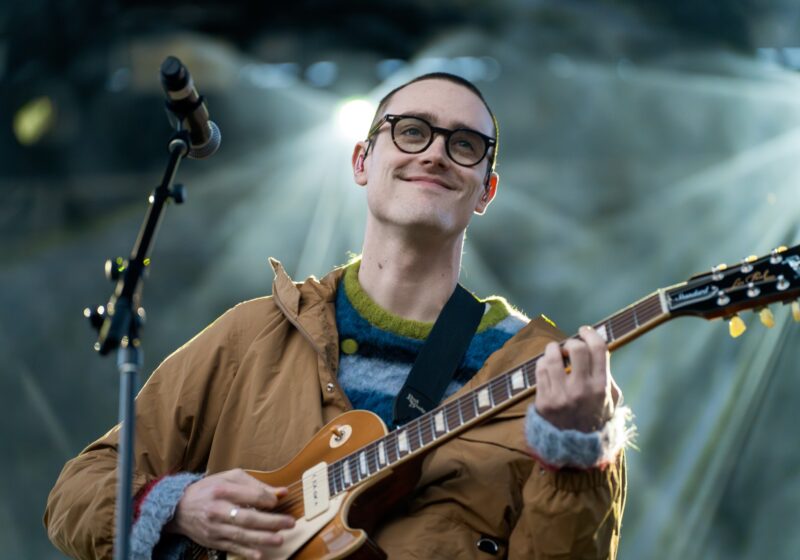Last Thursday night, I had an unbelievable dream. I was sitting in a sold-out auditorium filled to the brim with hundreds of college students clad in everything from jeans and T-shirts to lab coats. My excitement began to rise as they started chanting and screaming for someone named “Bill.” Wait, this wasn’t a dream!
All of a sudden, Bill Nye, yes, the Science Guy, ran out onstage in his ever-present bow tie while his theme song flooded into my ears. For two hours straight, Bill taught us about science. He commented on how the “Yellowjackets” was a fabulous name.
He mentioned that he does not wear stockings, but that he is a big fan. He told us that “mass spectrometers rule!” Most importantly, he told us we could change the world.
I have always been a less-than-sub-par science student. Biology tests have been known to leave me pounding my fists in frustration, while chem labs have left me in tears. But Bill connected with me that night. The Science Guy has a way of making complex scientific concepts easy to understand. Here’s an example:
Instead of explaining global warming in terms of complicated graphs and equations, Bill presented us with two pictures of the Upsala glacier in Argentina – one from 1928 and one from recent years. The pictures showed that the glacier from 1928 was covered with ice, while the one from recent years had melted into a shallow pond. Alas, global warming!
If only science had always been this easy. Bill also showed us a graph to provide more evidence. It showed a fairly consistent line representing the Earth’s temperature over the years. However, as soon as the line hit the year 2000, it shot up at almost a 90 degree angle. Bill referred to this as a “hockey stick” rather than some complicated lingo only a scientist with a Ph.D. would understand.
Continuing with the theme of global warming, Bill talked about cars, including a slight rant on NASCAR racing. He told us that since most NASCARs only get five miles per gallon of gas on average and that the majority of them have carburetors, which aren’t even found in most cars today, they were definitely not high-tech or cool.
He then compared his Toyota Prius, which gets about 46 miles per gallon, to the 2005 Chevy Suburban which was once a car of the year. A round of gasps rose from the crowd when he told us that the Suburban sucks up gas at 10 miles per gallon. We were stunned.
Bill reminded us that if every vehicle got three times as much gas per mile, we could make immense changes in the world, slowing global warming.
He told us that transportation is where one half of the world’s energy goes, and if possible, we should use bicycles or in Bill’s lingo, HKEVs – highest known efficient vehicles.
When Bill showed us a picture taken from space of the tiny blue dot that we call our Earth, he reminded us that this “is all you get!” He drove home the point that we needed to reduce greenhouse gas emissions by 80 percent by the year 2050 to keep the world healthy.
When some of us looked at him with exasperated expressions, he yelled that it wasn’t that hard and that we only needed to reduce our emissions by two percent every year to achieve that goal. If Bill said it was possible, then it had to be.
One of my favorite parts of the evening was when Bill told us about a childhood teacher, Ms. Cochran, who told him that there were more stars in the sky than grains of sand on the beach. Bill told us that, when she said that, he thought she must have been high, but that she was actually right. Apparently, that’s when it hit him that he was just a speck of a speck on a speck – this speck being the Earth in its gigantic atmosphere. When Bill thought about this, he came to the realization that he sucked!
But Bill didn’t suck; he was my hero that night. Especially when he answered a student’s question regarding creationism. He said that for the most technologically advanced society to disregard the colossal amounts of research and evidence that proves evolution is real and instead choose to get its scientific knowledge from one page of a book was a formula for disaster. He then went on to say that “science was the best idea humans have ever had.”
Even as an English major, I had to somewhat agree with him on that one. Although, my favorite quote from the evening was, “Don’t let your babies grow up to be cowboys – let them be engineers!”
Kraus is a member of the class of 2009.


